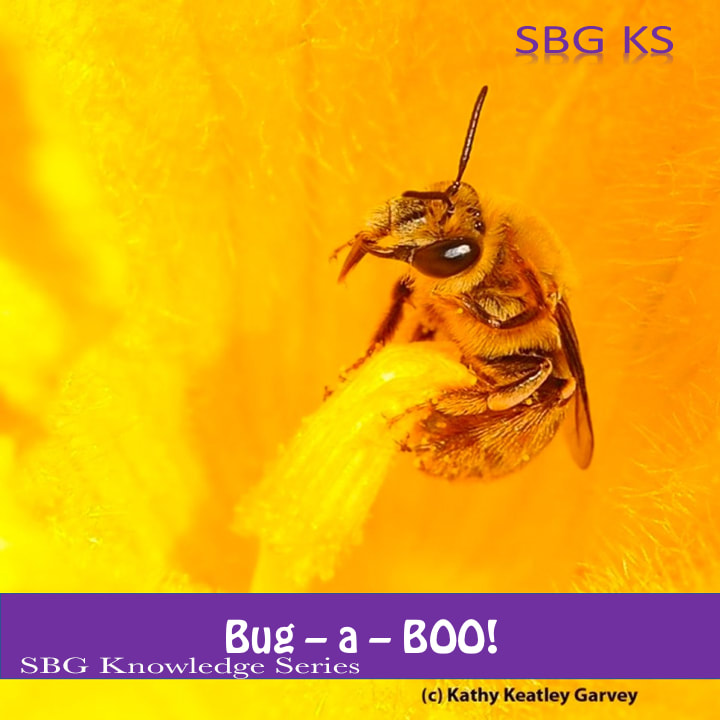
Squash bee-- Peponapis pruinosa
Enjoying your Halloween pumpkin? Thank a squash bee!
These wee bees have been pollinating pumpkins in North America for thousands of years. All pumpkins are descended from a single species of squash-- Cucurbita pepo, native to the southwest. Squash bees have coevolved with this plant over thousands of years, and thus are highly attuned to its habits.
The diminutive, half-inch long squash bees emerge in early July, just as their favorite plants begin to flower. Early risers, they feed at dawn, as the flowers are first opening (they’ll close by midday, so time is of the essence!)
Both sexes drink nectar, but females rely entirely on squash pollen to feed their young. This pollen is relatively large and sticky, and adheres well to the squash bee’s hairy body.
Faster than a speeding bullet? At least, faster than a honeybee. Their highly efficient foraging schedule and hairier body makes them a squash super-hero! And when their workday is done, you could find a male snoozing inside a closed-up flower. Pollinating is hard work!
Squash bees are solitary and ground nesting; they build shallow tunnels, often in the bare, packed soil right beneath the plant. They’ll overwinter there, so exercise caution--tilling will disturb or destroy the nest.
Photo credit: Kathy Keatley Garvey

 RSS Feed
RSS Feed